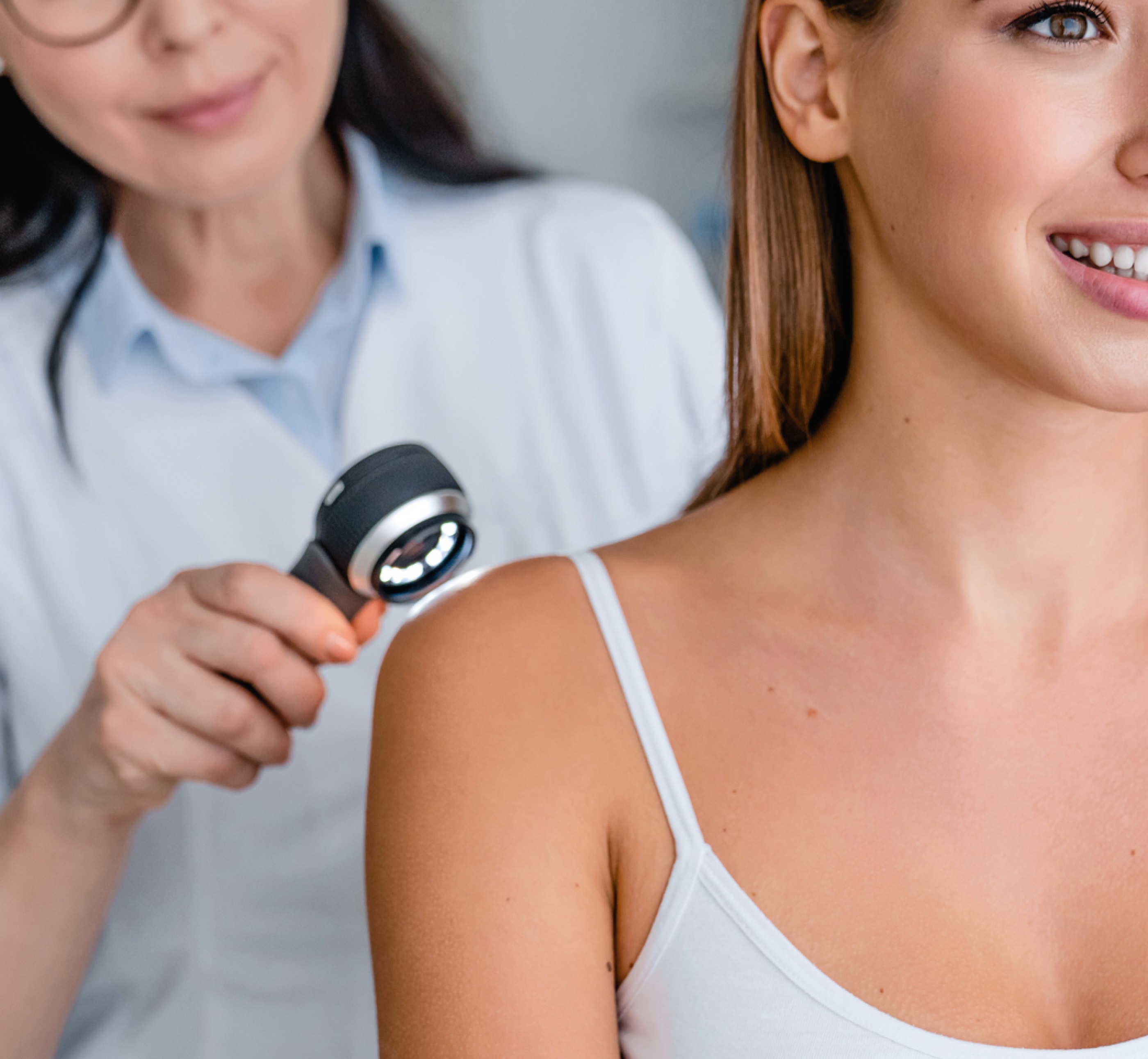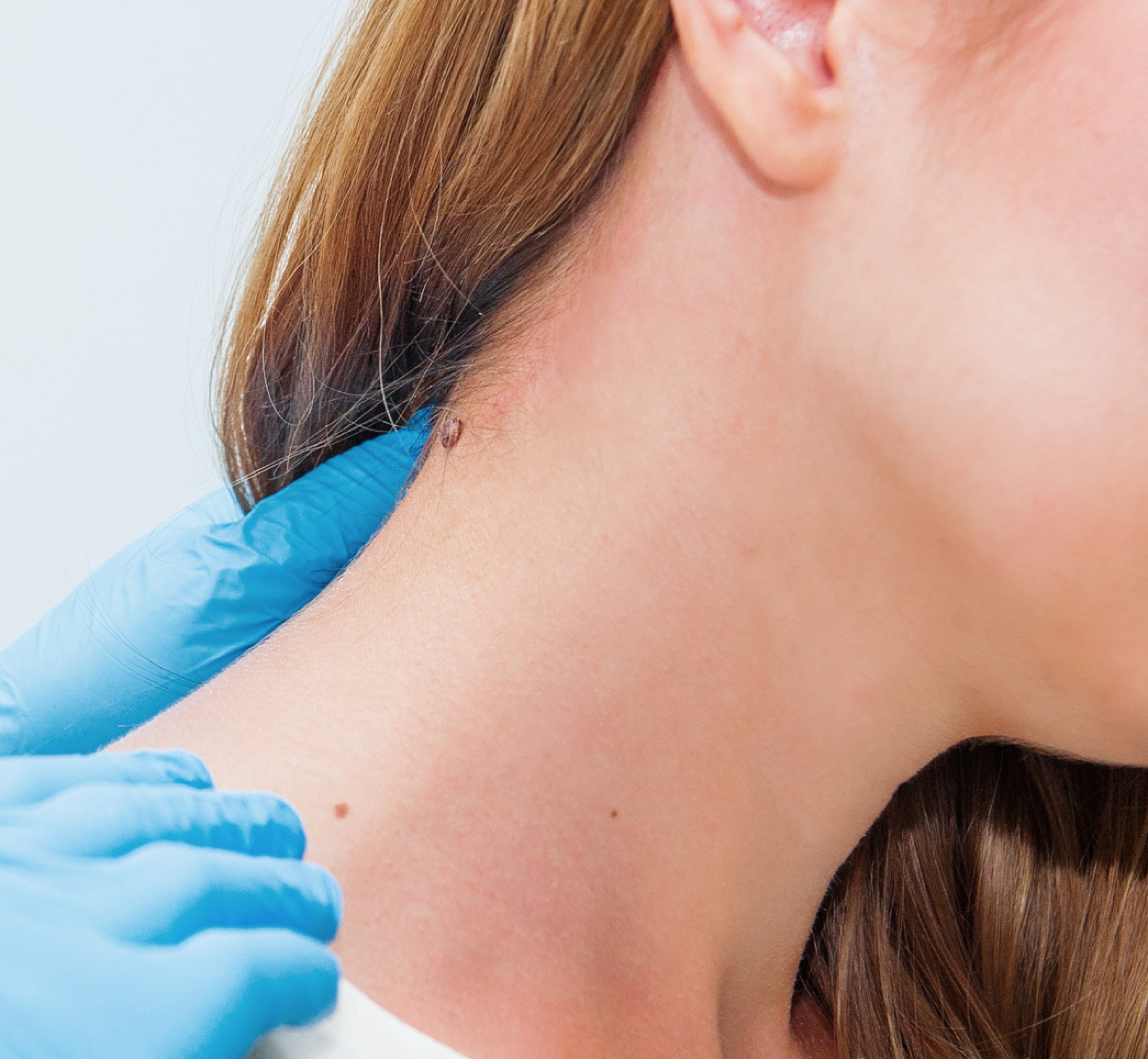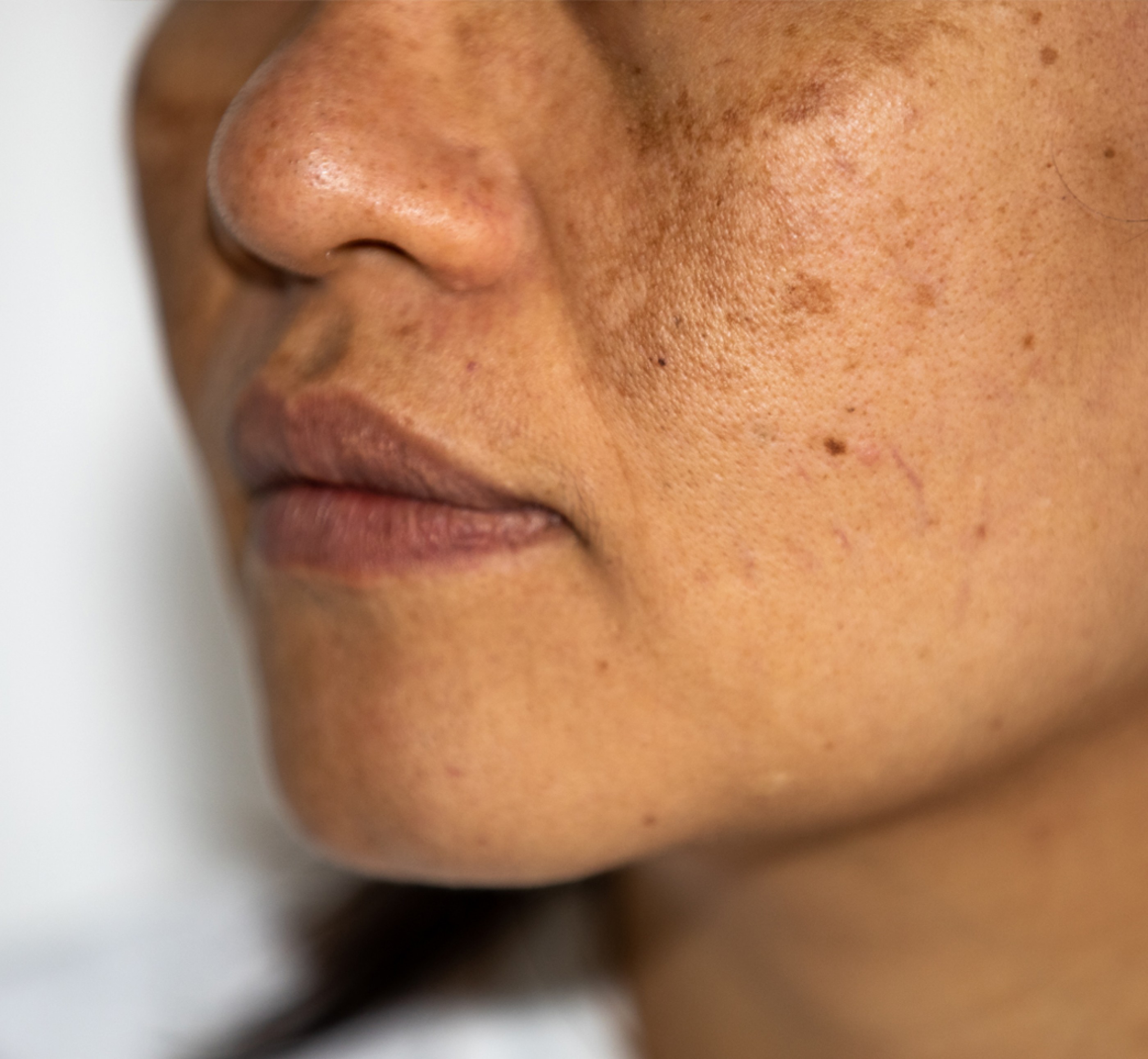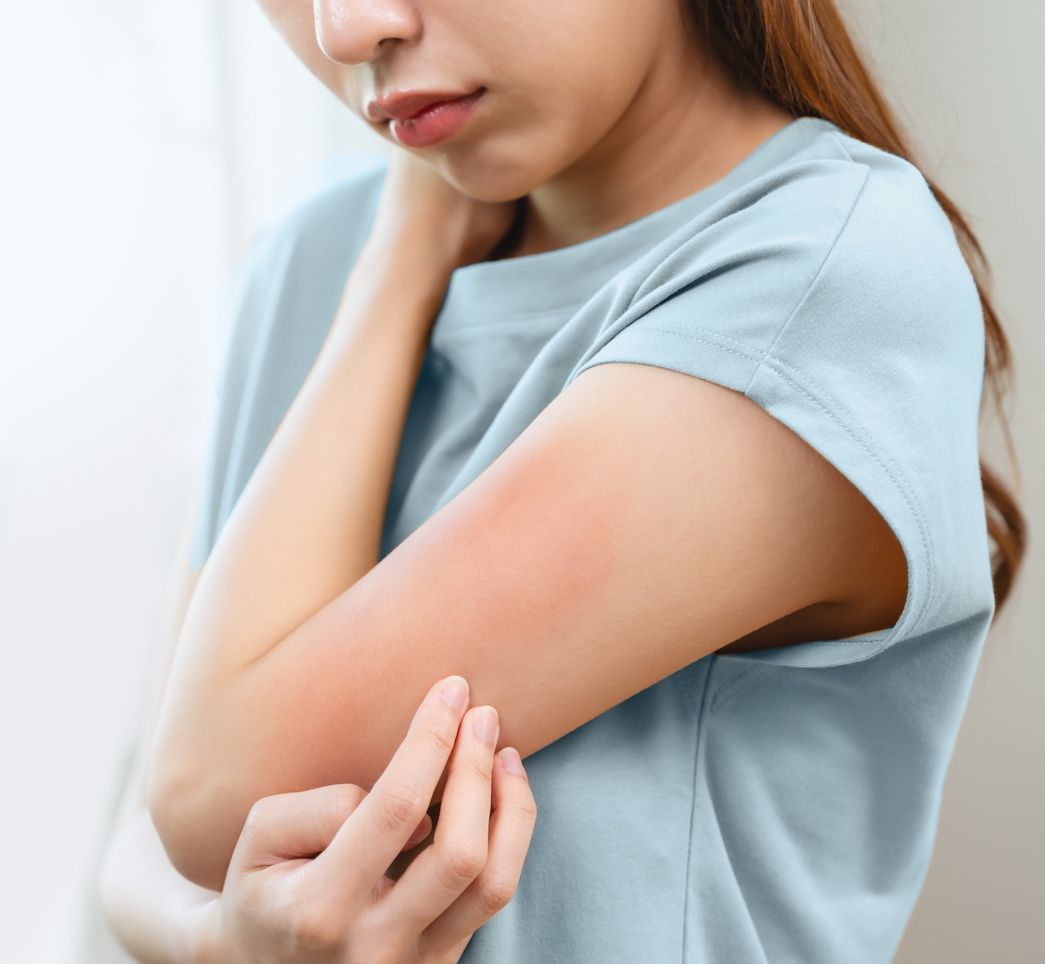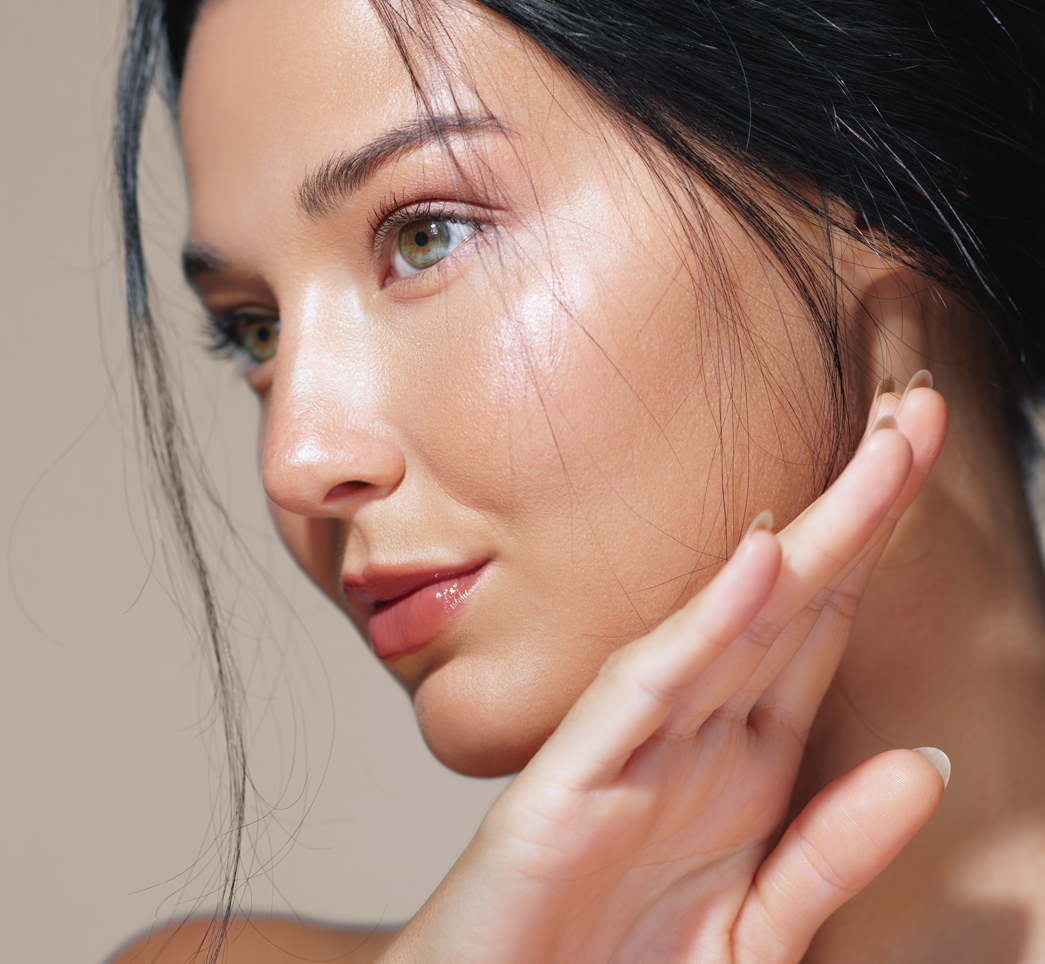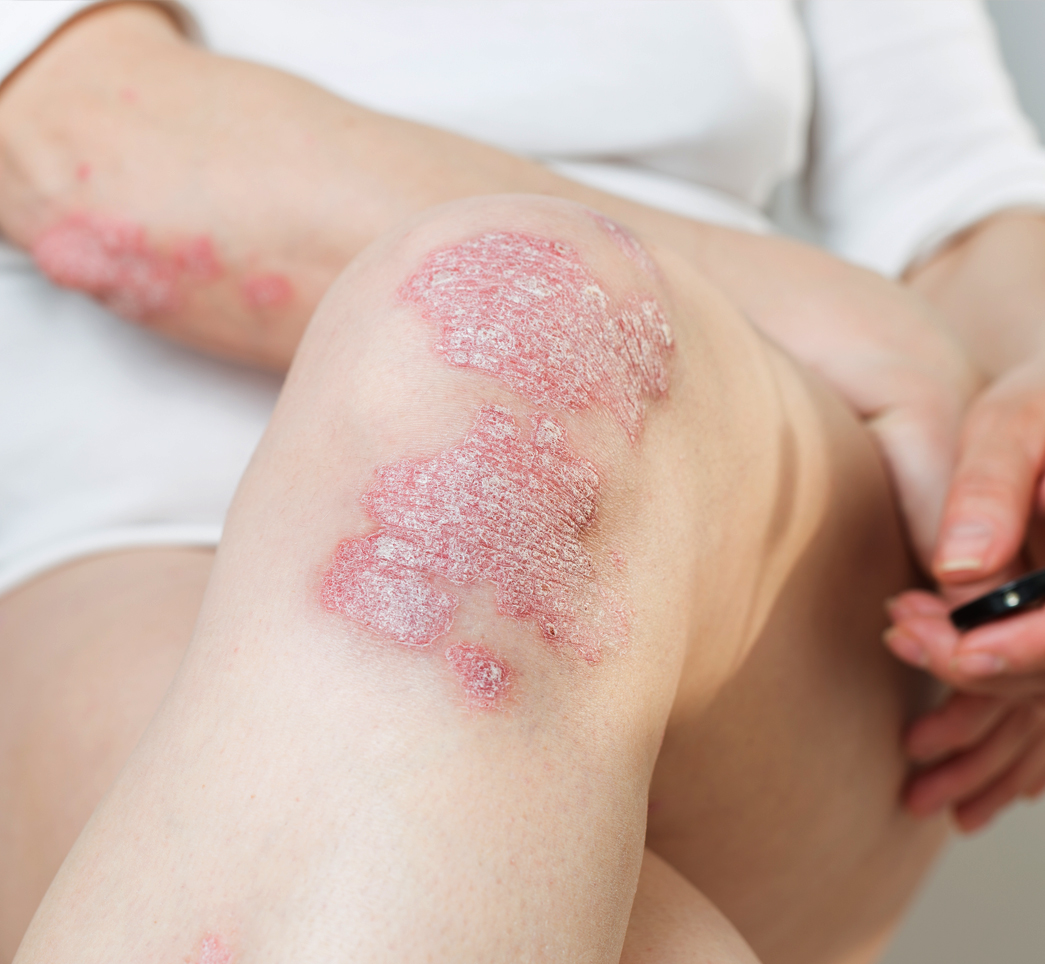The Blog

You may not consider coronavirus to have any relation to the skin, but think again! As the whole world has been consumed by coronavirus, it is no surprise that dermatology along with all other medical specialties has been affected. As the coronavirus pandemic continues, one of the most common questions I continue to get from our patients with new onset rashes or lesions is “Could this be related to Coronavirus?.”
Initially, with little data and knowledge about the novel virus and how it affected our skin my answer was usually “probably not, but there is no way to be certain.” This was also at a time where there were limited tests available (think March-April 2020), so review of systems became extremely important to evaluate for potential Covid patients. Even pre-coronavirus, a thorough review of symptoms is especially important when assessing a new onset rash to rule out internal disease and every good dermatology practitioner should perform this…but I digress!
As time went on and we learned more about the virus and testing became more readily available, all patients with new onset rashes were assessed for other symptoms related to Covid-19 such as dry cough, headache, fatigue, loss of taste or smell, etc. If our patients have any other positive symptoms (not just the rash) we now send them for testing. However, as we learn more about the virus and as new research emerges, there is evidence that suggests significantly higher rates of skin findings in coronavirus positive patients than we initially thought. Whether or not these findings can be used to diagnose coronavirus remains unclear. But, this blog will focus on the array of different skin presentations that have been associated with Covid infection and what to look out for.
What Makes Covid Rashes Difficult To Diagnose?
What is unusual (and downright difficult, especially as a practitioner) about coronavirus is that there has been a wide array of skin findings associated with it. There is not just one finding to be on the lookout for. As a practitioner, this not only makes it difficult to diagnose these skin findings, but also makes it more difficult to reassure patients when there is still so much unknown.
“Covid toes” has gained a lot of attention with social media, but it is just one of many possible skin manifestations of Covid-19. Compare this to the classic skin findings associated with chicken pox or herpes simplex virus (HSV). Chicken pox presents with scattered uniform tiny blisters all over the body that are very itchy; while HSV (the virus associated with cold sores or genital herpes) causes characteristic grouped tiny blisters on the background of pink patches around the mouth or nose, or around the genitalia. Because of the wide array of skin findings possible, the coronavirus has been coined with the title “the great mimicker” along with HIV and syphilis. HIV and syphilis are both well-known viruses associated with a multitude of skin findings as well.
Not only that, but the lack of studies and the potential for reporting bias further complicate our understanding of the true prevalence of skin findings in COVID-19 patients. For example, we know that this infection disproportionately affects people of color yet there have been little skin findings reported among these populations.
What Can Covid Rashes Look Like?
Despite all of the unknown, in this blog I will try to focus on what is known and what has been demonstrated in clinical studies. The largest study to date which focused solely on skin findings associated with coronavirus infection included 375 patients in Spain. Among these patients there were 5 predominant skin findings:
1. Red & Bumpy rashes: Aka “maculopapular eruptions” accounted for 47% of all skin findings, by far the most common presentation. This type of rash is a mixture of raised and flat red lesions usually covering large surface areas on the torso or extremities. As the rash evolves, the lesions can merge together to form larger flat red or pink patches or plaques on the skin. The rash can be itchy, but not always. This type of rash is most commonly associated with common viral or bacterial infections such as the common cold or scarlet fever associated with bacterial infection with strep throat. This study found that maculopapular eruptions usually appeared at the same time as other Covid symptoms and were associated with more severe disease (2% mortality in the maculopapular sample).
2. Hives: Aka urticarial eruptions accounted for 19% of all skin findings in this study. Urticaria is another name for hives, wheals, or welts. These lesions generally start as pink or red raised smooth plaques or papules that are transient. These generally cause significant itching. Urticaria will generally resolve within hours to days without any significant scarring or permanent marks on the skin. Usually, taking antihistamines such as Benadryl or Allegra can expedite clearance of these lesions. Urticaria is most often associated with allergic reactions but there are many other common triggers such as extremes of temperature (hot or cold), or friction/rubbing on the skin. As it pertains to coronavirus, it is important to distinguish if the urticarial eruption is due to solely the viral infection or if the hives are drug-related. In this study, urticarial eruptions were more commonly associated with patients who were receiving medications. Therefore, hives may not be a specific finding associated with Covid, but rather a secondary effect from the medications.
3. Covid Toes: aka “pseudo-chilblains,” accounted for another 19% of all skin findings in this study. These lesions are focal areas of pink or red associated with small blisters, swelling or pustules most commonly on the toes but can also occur on the fingertips. Classic chilblains is induced by cold (think frostbite) and generally resolves quickly with re-warming the toes by placing under warm water or sitting in front of a heater. This is obviously much more common in colder environments and in patients who are constantly exposed to cold weather for their job or for recreation such as skiing or snowboarding. In contrast, COVID toes more commonly occur in warmer climates and tend to be more severe and symptomatic compared to classic chilblains. Patients with COVID toes will experience severe pain, burning, or itching, with higher risk for ulceration. In addition, patients with true COVID toes will often take much longer to resolve compared to classic chilblains. Also, of note, COVID toes typically affected younger patients, took place later in the course of the disease, and was associated with less severe disease overall.
4. Blisters: Aka “vesicular eruptions” accounted for approximately 9% of all skin manifestations within this study. “Vesicle” is another name for “tiny blister.” This type of eruption is most classically associated with chicken-pox, but there are many other rashes that present with vesicles. The vesicular eruption associated with Covid presented very similarly to chickenpox with small pink and red uniform blisters scattered over the torso and extremities. These are typically very itchy and uncomfortable. As the rash evolves, the blisters can start to crust. These can even become secondarily infected with bacteria under our nails with constant itching, further complicating the treatment of this rash. In regards to this study, patients with vesicular eruptions tended to be middle-aged, and generally appeared before onset of other Covid-related symptoms.
5. Red, lacy discoloration leading to black crusts: Aka “Livedoid eruptions or necrosis” accounted for only 6% of all skin findings, but was associated with more severe disease and poorer prognosis. The term livedo refers to a reddish-violaceous lacy discoloration of the skin usually present on the lower extremities, and less commonly on the upper extremities. It is caused by a disruption of blood flow in the dermal arteries which can be secondary to spasm, inflammation or vascular obstruction. This skin finding is associated with multiple systemic diseases, but the most severe form of livedoid eruptions is associated with vascular obstruction and blood clots. Coronavirus has been associated with increased risk of blood clots and increased blood coagulability. When vascular obstruction is sustained, there is no longer blood flow to the tissues which leads to cell death, aka necrosis. In this study, livedoid and necrotic lesions were more commonly seen in older patients with more severe disease (10% mortality). This study did not list the cause of death; however it would have been interesting to note as increased coagulability can be associated with stroke, pulmonary embolism and heart attack.
6. Shingles In addition to the findings listed above, coexisting infection with herpes zoster aka shingles has been noted among many dermatologists in COVID positive patients. This occurred without the presence of the other skin findings listed above. Shingles is a common rash caused from the chickenpox virus. After initial infection with the chickenpox virus generally as a child or adolescent, this virus lays dormant in the nerve roots, and then when the immune system is compromised or stressed, it can re-activate later in life. Herpes zoster presents with a very classic rash - grouped tiny blisters on pink/red patches, typically unilateral affecting only one side of the body, and generally follows a linear distribution of a single dermatome. This rash also commonly has a prodrome of tingling, burning or itching before the skin lesions arise. This should not be used as an indicator of coronavirus; however, can be a helpful clue for patients with other Covid symptoms.
What’s Missing?
Even though this is the largest study to date, there are still several limitations that need to be discussed. People of color are not represented at all in this study, and again we know that people of color are disproportionately affected with this virus, at least in the U.S. With this study including only patients in Spain there is also a question of environmental factors and treatment norms in Spain compared to the U.S. and whether that affected patient outcomes and presentation. And finally, although this is the largest study to date, it is still quite small when compared to other large-scale studies in the medical world. A sample size of only 375 people is a good start, and the best we have at this moment, but it is not enough to provide conclusive data. With time, I do believe we will continue to learn more and more about this virus and specifically how it affects our skin through subsequent studies involving larger sample sizes that represent all patient populations.
Key Takeaways
In general, we still know the most common symptoms associated with coronavirus are dry cough, fever or chills, shortness of breath, muscle aches, extreme fatigue, headache, new onset loss of taste or smell, among others. I’m sure these have been ingrained into your head over the past 9 months - you could probably recite these in your sleep! Skin findings are still not considered one of the most common symptoms of coronavirus among health experts. Should you delay seeking medical care because there are no skin findings? Obviously, the answer is no!
One of my favorite things about working in dermatology is the fact that our skin can often show signs of what is going on inside the body. Covid rashes are just one example of this phenomenon. Our skin is the largest organ of the body and can often give important clues about other internal disorders and disease. So, it is very important not to ignore it and to take care of it! If you are concerned about a skin rash, blemish, lesion, etc. don’t wait - come see me at Springs Dermatology, I would love to meet you!
Resources:
https://jamanetwork.com/journals/jama/fullarticle/2770862
https://www.medscape.com/viewarticle/930180
https://onlinelibrary.wiley.com/doi/10.1111/bjd.19163




